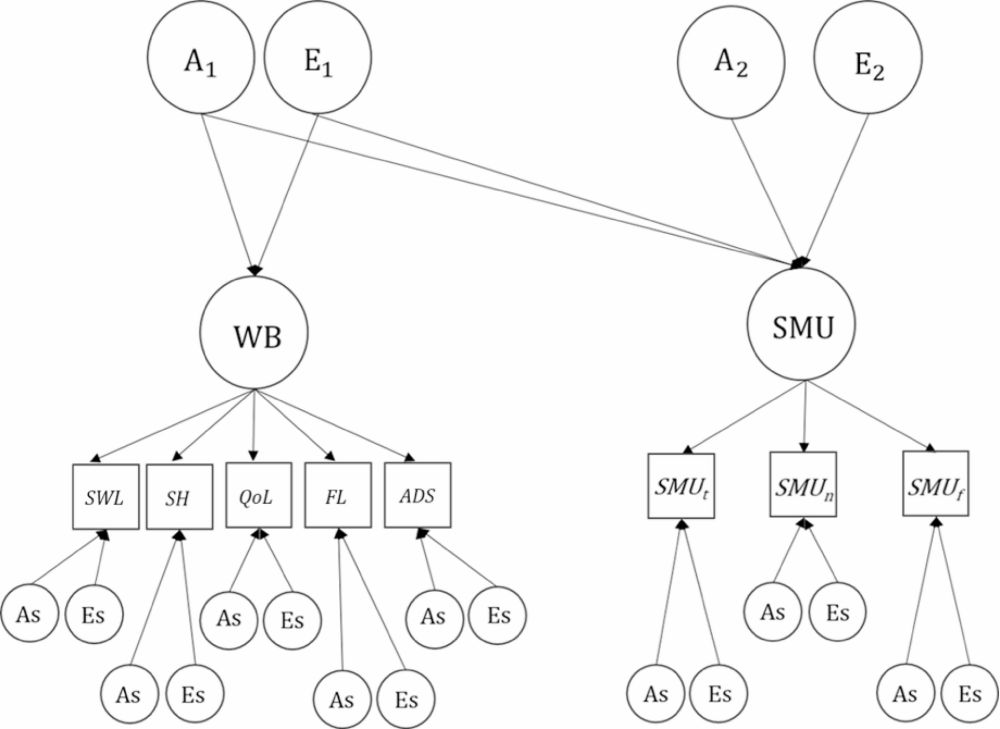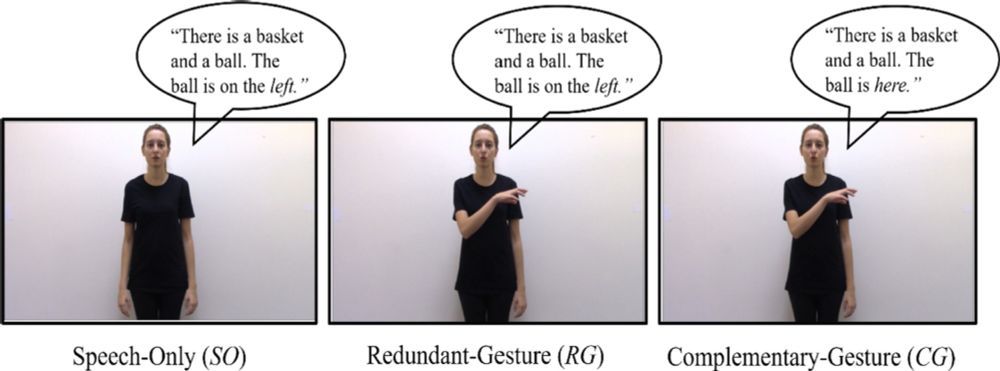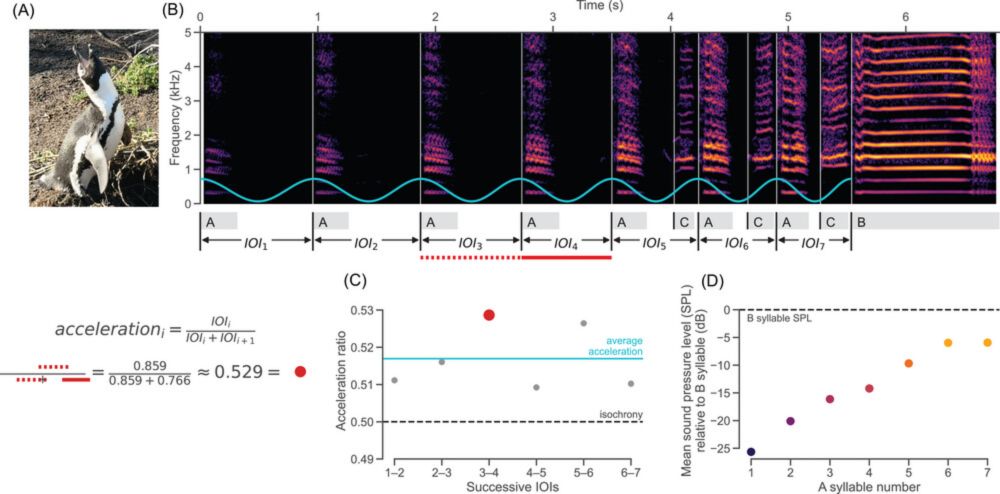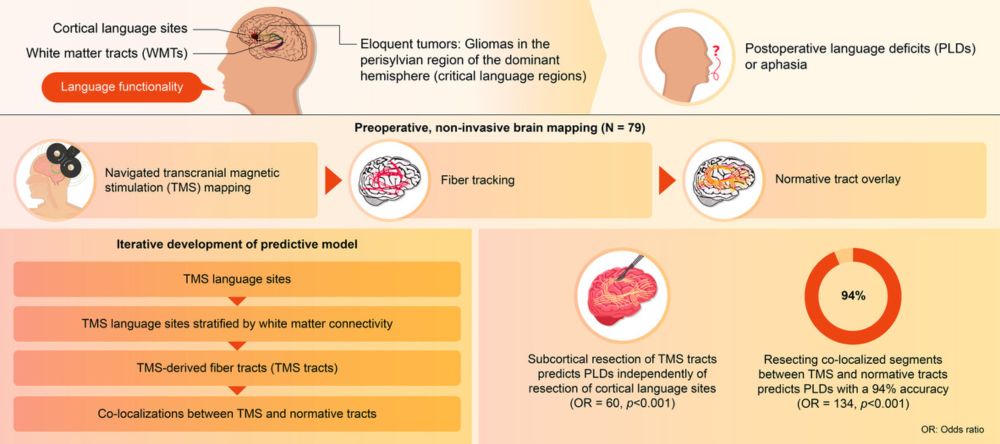
doi.org/10.1017/S0142716425100180
doi.org/10.1017/S0142716425100180
- Gökberk Alagöz: Human brain evolution from genomics & transcriptomics (12 Nov, 14:30)
- Sara Mazzini: Brain synchrony in dialogue (18 Nov, 10:30)
Open to all join us!
More info here: www.mpi.nl/events
#PhDdefence #MPI


- Gökberk Alagöz: Human brain evolution from genomics & transcriptomics (12 Nov, 14:30)
- Sara Mazzini: Brain synchrony in dialogue (18 Nov, 10:30)
Open to all join us!
More info here: www.mpi.nl/events
#PhDdefence #MPI
doi.org/10.1080/23273798.2025.2522272

doi.org/10.1080/23273798.2025.2522272
doi.org/10.1016/j.bpsc.2024.10.007
doi.org/10.1016/j.bpsc.2024.10.007
doi.org/10.1044/2025_JSLHR-25-00152

doi.org/10.1044/2025_JSLHR-25-00152
doi.org/10.3758/s13414-025-03072-z

doi.org/10.3758/s13414-025-03072-z
doi.org/10.1007/s10519-025-10224-2

doi.org/10.1007/s10519-025-10224-2
doi.org/10.3758/s13423-025-02683-9

doi.org/10.3758/s13423-025-02683-9
doi.org/10.3758/s13423-025-02642-4

doi.org/10.3758/s13423-025-02642-4
doi.org/10.1080/15475441.2024.2443447

doi.org/10.1080/15475441.2024.2443447
doi.org/10.1038/s44319-025-00555-w

doi.org/10.1038/s44319-025-00555-w
& Evan Kidd.
doi.org/10.1080/23273798.2025.2506634

& Evan Kidd.
doi.org/10.1080/23273798.2025.2506634
doi.org/10.1080/15248372.2025.2470245

doi.org/10.1080/15248372.2025.2470245
doi.org/10.1111/nyas.15383

doi.org/10.1111/nyas.15383
doi.org/10.1037/rev0000591
doi.org/10.1037/rev0000591
doi.org/10.1080/23273798.2025.2558640
doi.org/10.1080/23273798.2025.2558640
doi.org/10.1002/hbm.....

doi.org/10.1002/hbm.....

#genetics #SETBP1
#genetics #SETBP1

www.mpi.nl/news/fosterl...
#FOSTERLANG #LanguageRevitalization #LinguisticDiversity

www.mpi.nl/news/fosterl...
#FOSTERLANG #LanguageRevitalization #LinguisticDiversity
doi.org/10.1523/JNEUROSCI.0546-25.2025
Paper: tinyurl.com/yjw47vzz

doi.org/10.1523/JNEUROSCI.0546-25.2025
Paper: tinyurl.com/yjw47vzz
doi.org/10.1177/01427237251379276
paper: tinyurl.com/yj3jbdme
doi.org/10.1177/01427237251379276
paper: tinyurl.com/yj3jbdme
#MentalHealth #Genetics #SocialMedia

#MentalHealth #Genetics #SocialMedia
mpi.nl/career-education/vacancies/vacancy/nominations-and-self-nominations-sought-position-director-max

mpi.nl/career-education/vacancies/vacancy/nominations-and-self-nominations-sought-position-director-max

